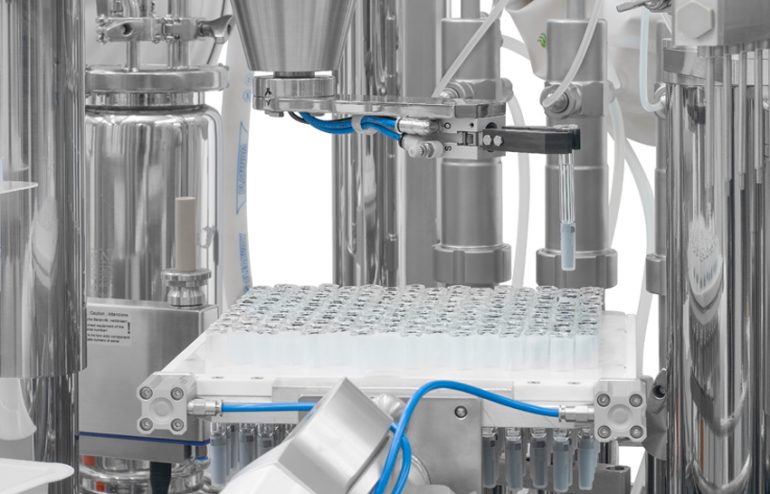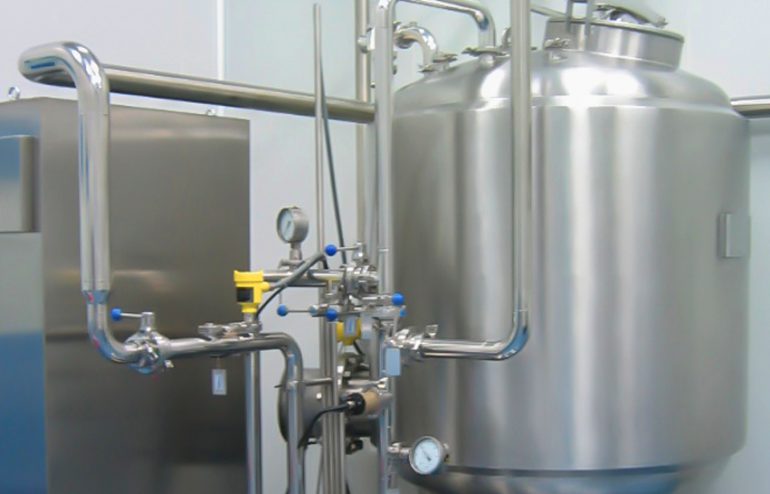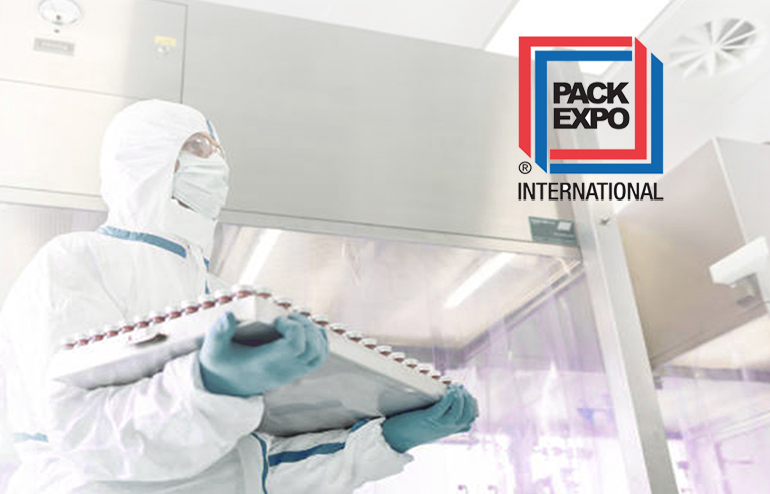Convel’s BM Series Automatic Inspection System is used to detect particles and leaks in plastic bags. Other options include integrating a labeler or cosmetic controls.
DESCRIPTION
The operator positions the bags over an infeed belt between the slots. A pneumatic arm automatically collects the containers one at a time and positions them between the turret pinces. The turret moves intermittently through the four stations, each one performing a different test. The first station uses the high voltage method to perform the leak test. Next, the second and third stations both inspect the bags for foreign matter. Then the final station labels the plastic bags. The rejected bags are automatically expelled, while the accepted bags continue on toward the outfeed belt.
ADVANCED FEATURES
Leak Test: Performs using high voltage (up to 35KV with frequency around 1000 Hz). Fast and efficient, which prevents product degradation and contamination
Leak test area: Surrounds the inlet gates and bottom welding
Foreign Matter Inspection: Each station is equipped with up to 4 cameras (color or B/W)
Detectable Particles: Fibers, dark particles and clear plastic particles
Special Features: A set of in-built connectors automatically checks electronics which performs the leak test and ozone evacuation, the Illumination system uses long life LED lights (in different colors), cGMP compliant, User friendly HMI with a 17” touchscreen and Windows PC with full audit trail functions and several levels of passwords
Additional Controls: Flip-off Inspection, Label Presence Inspection, OCR-OCV and Bar Code Inspection. Other options available upon request.
READ MORE ABOUT OUR INSPECTION SYSTEMS




